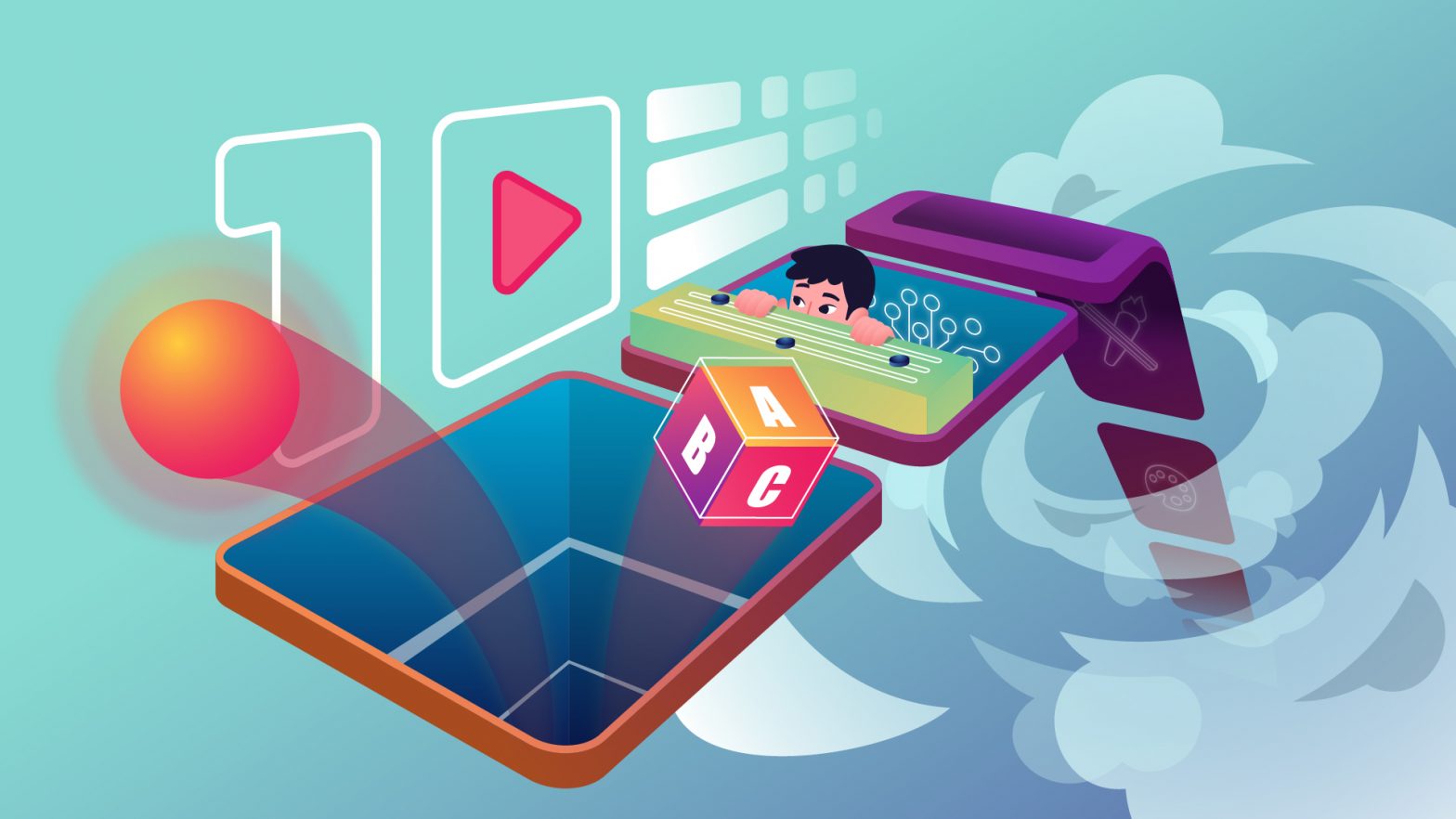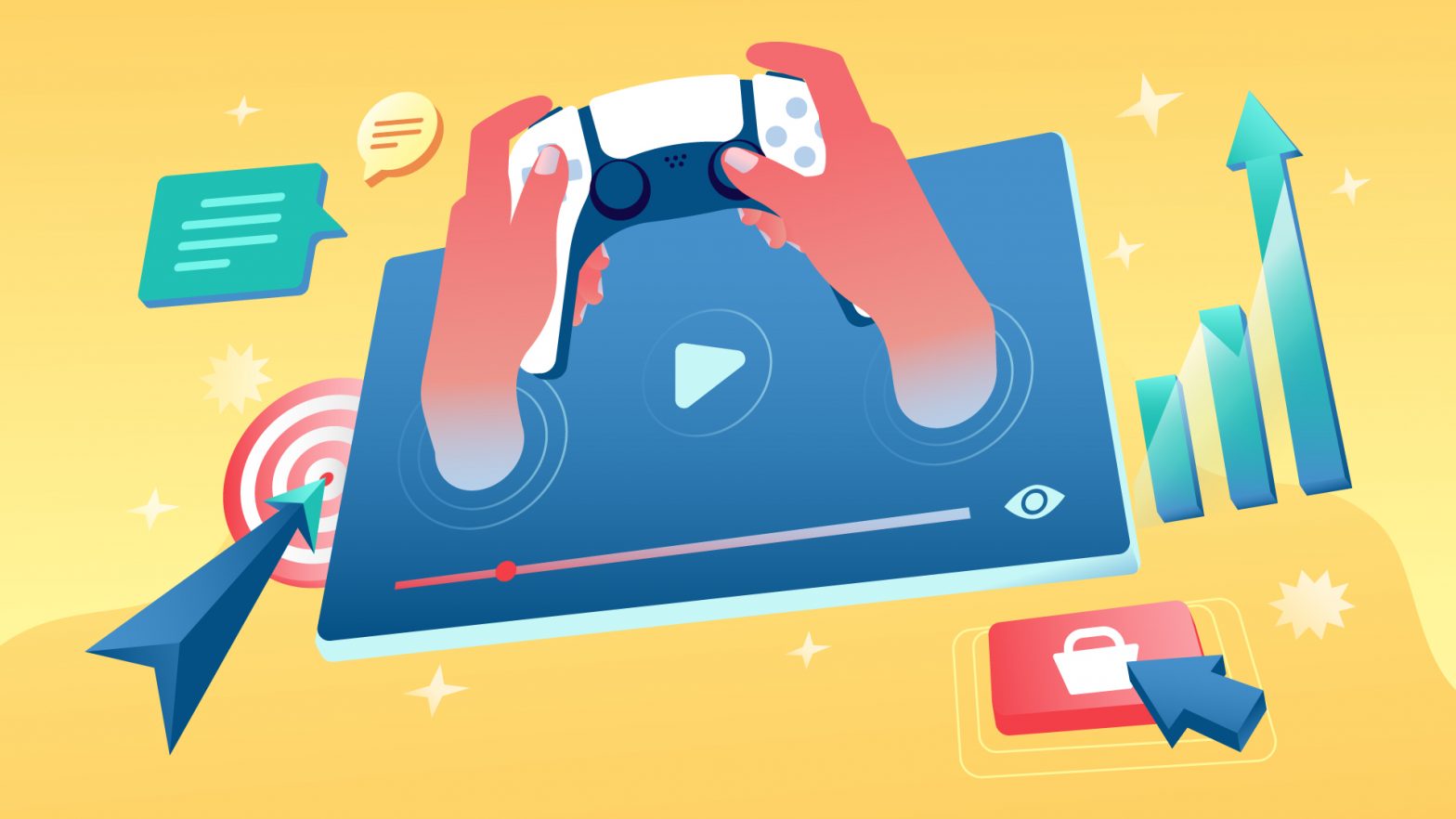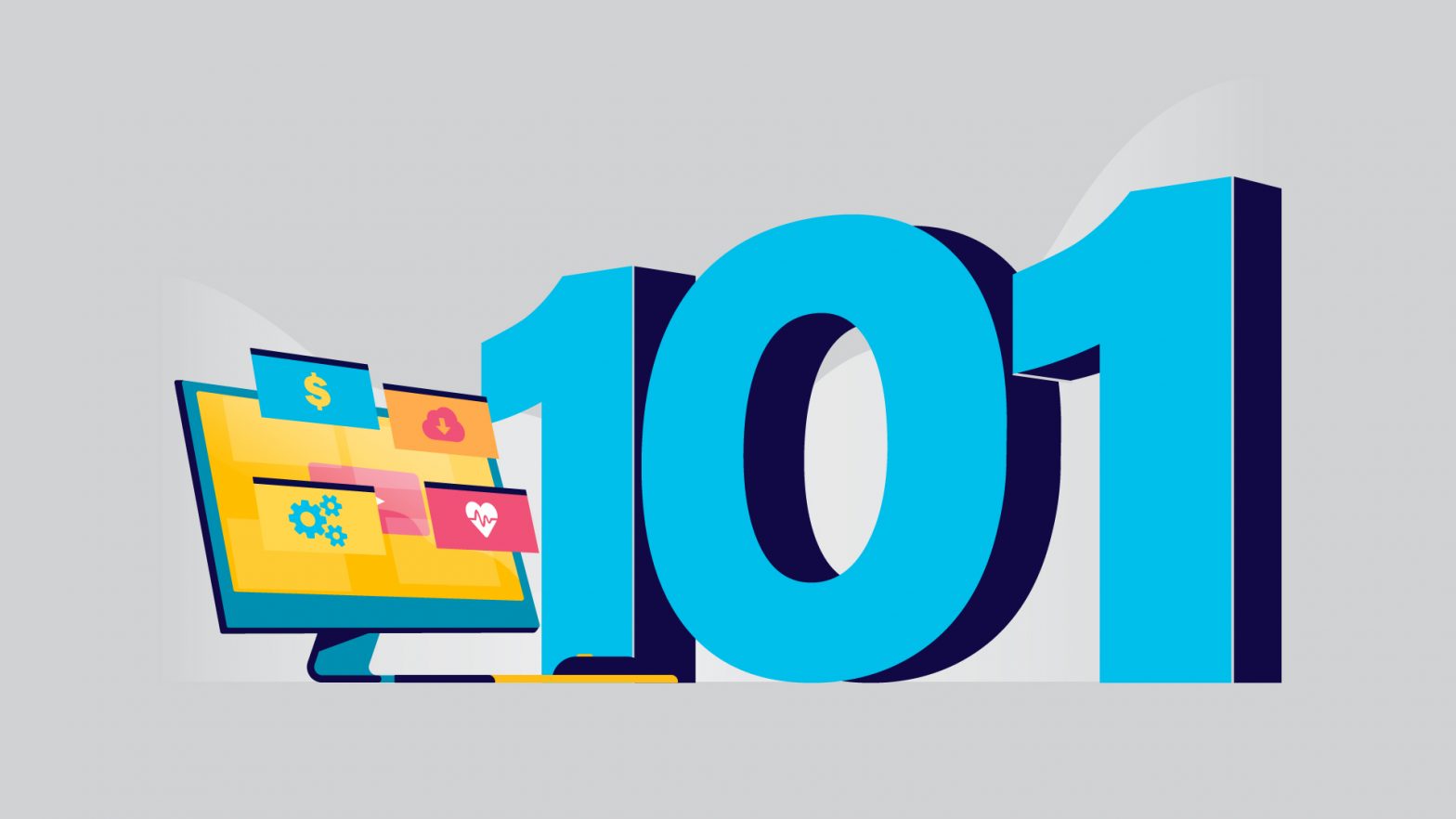Using engaging and creative animation styles to produce great content that increases audience engagement is an effective strategy for many businesses. Imaginative animation elevates explainer and promotional videos to a new level and makes them more appealing to the audience, which eventually leads to improved video ROI.
As a digital marketing professional, I’m always looking for new and exciting ways to capture the attention of my target audience. While well-written articles and static social media content get results, venturing into animated videos has substantially increased engagement rates.
In this post, I’ll go through different creative animation styles that increase audience engagement with their content, when to use them, and which platforms they are best suited for.
Ultimately, based on your business identity and target demographics, you’ll clearly understand the animation style that works best for your videos. To explore some of the most stunning animation styles that can elevate your Webflow projects in 2024, check out the best Webflow stunning animations 2024 guide.
Let’s start.
10 Animation Styles for Maximum Engagement
Animation can be a powerful tool to keep your audience engaged. Using different animation styles can add interest and excitement to your content. In essence, animated videos have a higher “Sticky” factor than standard live-action ones.
“Sticky” refers to the degree to which viewers engage with your content. The end goal of any video is to maintain a high level of engagement and a “sticky” video is the one that accomplishes it without breaking a sweat.
With that in mind, here are ten creative animation styles that enhance viewer engagement and retention:
1. 2D Animation
2D animation is a digital animation technique that creates the illusion of three-dimensional space on a two-dimensional plane. 2D animation is often used for explanatory, e-learning, or educational videos because it’s easy to follow and understand and turns boring instructions into fun and engaging stories.
Making an informative 2D animation is time-consuming and usually takes longer than other styles for the majority of educational or professional videos. However, the end results make it worth the wait.
Creating an informative 2D animation is time-consuming and usually takes longer for software companies and other industries when producing educational or professional videos. However, the end results make it worth the wait.
You can add your own style to it by applying colors or transitions to make an otherwise boring wall of text more interesting.
These types of videos often require the audience to absorb large amounts of information in a short time. The audience of these movies frequently needs to take in a lot of information quickly. When used in educational videos, how-to videos, and even some brand awareness videos, 2D animation helps viewers to understand these ideas in a simple and fun way.
2. 3D Animation
3D animation is a digital animation technique that creates the illusion of three-dimensional space. 3D animation is often used for movies, video games, and virtual reality simulations because it provides a more real-world experience. Additionally, marketers can use 3D animation to create characters (remember Sheriff Woody and Buzz Lightyear from the Pixar movie, Toy Story) and environments that would be impossible to simulate in real life.
If you want to create advertising videos for your sales outreach campaigns, use this format to imitate a more realistic feel and make the most of its three-dimensional scope. The broader appeal of 3D animation would give you more time and options to choose between visual effects such as CGI and details on your character animations or models.
Remember that simulating a 3D animation incorporates a sense of realism to which you must always pay attention. However, since there is a detailed process to follow to ensure it is of high quality, 3D animation presents a problem for more new animators.
3. Kinetic Typography
Kinetic typography is a digital animation technique that combines text with motion. Since it can make the words more interesting and exciting, this approach is frequently employed to animate speeches or song lyrics. Additionally, companies can employ kinetic typography to produce visually appealing and simple-to-follow videos.
One great example of kinetic typography is this video from TED-Ed. The video’s usage of kinetic typography makes the words easy to understand while also blending the topic with a visually interesting form of animation.
With that in mind, a Kinetic Typography style is best suited for the following:
- Speeches
- Song lyrics
- Educational videos
Kinetic typography is very effective in adding interest and excitement to your words, especially to the complex concepts that are hard to understand. For instance, if your company is looking for a relational database management system to integrate into your systems, picking the right one may be a tad difficult, especially if you are not that tech-savvy. But a change capture guide made using a typography animation video can make the process easier to digest.
Similarly, if your business specializes in software development, you may find it challenging to convince a client of the merits of using a particular programming language or framework. However, you can clearly communicate your message while using Kinetic typography movies.
4. Stop Motion Animation
Stop motion animation is a digital animation technique that combines still images to create the illusion of movement. You can typically make a stop-animation style by using any three-dimensional shape, the most popular being clay models.
You can also use a set backdrop or digitally add in the backgrounds using computer-generated imagery for more details. Because stop motion can add a sense of fun and energy, it is frequently used in commercials, music videos, and explainer videos. Its advantages cover all the bases in capturing the audience’s attention.
Additionally, brands can incorporate stop-motion animation into their brand storytelling efforts, creating characters and environments that would be impossible to create in real life.
This animation style, while not ideally suited for instructional videos or demos, offers a unique opportunity for brands to demonstrate their creativity and narrative capabilities.
By using stop-motion, brands can engage audiences with compelling stories that reflect their identity and values, making their messaging more memorable and impactful.
This approach not only showcases a company’s artistic flair but also strengthens its connection with the audience through imaginative and distinctive storytelling.
Even though this kind of animation can take a while to create, its very distinctive details and oddities can leave a lasting impression.
5. Whiteboard Animation
Whiteboard animation frequently draws inspiration for providing quick and concise information. The ability to maintain your audience’s attention in one place is one of the major benefits of this kind of animation style.
Simple word-based animations can really benefit from this whiteboard animation approach because there is no need to add a lot of colors or a complicated backdrop, which keeps the subject in focus. Here is an example of a whiteboard animation:
Animation does not always have to be a complicated process of making backgrounds and adding more details to create an entire show. There are plenty of scenarios in formal office settings where a simple whiteboard animation style can give off the necessary information.
For example, companies can use whiteboard animation during the onboarding process or employee training sessions. Whiteboard animation also works excellent for introducing new software that teams should start using daily and streamline the learning process while keeping employees engaged.
The major goal of whiteboard animation is to make sure that each scene provides relevant informative details directly to the viewer without leaving them to infer anything from the scenario.
6. Hand-Drawn Animation
A hand-drawn animation style is a great way to showcase your talents and have complete control over the speed and complexity of each scene. Although this animation style can typically be more demanding than other styles, the benefit of a well-made hand drawing can feel more impactful depending on your overall needs.
One of the best aspects of hand-drawn animation relies on the fact that you can easily make some adjustments to help better fit the current trends. And it has been demonstrated to be among the most effective means of teaching social messages to kids. During the pandemic, governments from all around the world employed this animation technique with great success to raise awareness of the value of wearing face masks and avoiding social contact in schools.
The hand-drawn animation style also ensures that the exact style, images, and characters are completely in your control during storyboarding and final production stages. There are plenty of situations where you need to either tone down or intensify the gravity of an informative or professional animation.
Additionally, this type of animation style can help you quickly make adjustments that will match what your clientele or audience requires.
7. Rotoscope Animation
Rotoscope is a classic animation style that animators use to accurately represent movements by tracing recordings of live people and using it for animated films. The technique is famously used in classic short films and even some music videos to help add style to an otherwise simple character movement.
Nowadays, you can combine techniques to help turn this vintage art style into computer animation. One of the critical components that make this animation style pop is its uncanny realistic movement. A-Ha’s Take On Me music video is an excellent example of rotoscope animation.
Animators can use this technique not only to showcase their perseverance and skill but it helps to add some fun to things like instructional videos or workout videos. Since the rotoscope involves tracing over the animators, you can guarantee that character movement perfectly aligns with what you want to showcase to your audience.
8. Augmented Reality Animation
Technology has come a long way in only a couple of years. Arguably the most popular type of animation right now is augmented reality animation. The AR style of animation uses three-dimensional objects and blends them into real-life using a camera like the one on your phone.
One of the main reasons for its popularity comes with the low costs of hardware to run this type of animation. Your garden-variety smartphone can use this tool and see your 3D objects in real time, which helps them get a new perspective on how the object would look if it were right in front of them.
Most companies nowadays want to showcase a particular product or movement of an item in perfect realism. As such, augmented reality animation is ideal for medical study, educational institutions, or even as a simple tool to entertain people by creating an extra depth of attention to your animation.
9. Minimalist Animation Style
Not all animations must go over the top by adding more complex polygons or three-dimensional shapes. Most modern websites or web pages can use a minimalist animation style to help convey the necessary information while using the fewest objects and visual effects possible.
To showcase the minimalist animation style, take the example of the video clip by Luxafor on their Instagram page. Minimalist-style animation captures attention without removing the post’s message. The viewers feel compelled to read the description and learn more.
While some animation studios use this style of animation for their clients to help create an air of modern professionalism to elevate the quality and class of their business, this style may not be ideal for other businesses. Rather than employing it for more straightforward businesses like apparel brands or cosmetic lines, it is best suited for companies with complicated product lines to help simplify the explanation process.
10. Cut-Out Or Flipbook Animation
Cut-out animation is a simple traditional animation style that most people had done doodling when they were younger. Although the concept of this animation style is simple, it requires a lot of attention to detail and consistency to ensure that the movement feels smooth enough for the audience to understand.
Paper cutouts will start as the base of your storyboard to help flesh out the story of the entire animation. You can use tools such as cell paper to make the tracings easier and more consistent.
Animators can also improve the flipbook animation style through computer graphics and editing. There are many tools available that you can use to digitally improve the overall framerate and sharpness of your video with little to no loss in quality.
Flipbook or cutout animation is excellent for companies that want to send a message in the form of a short video. Most cutout animations typically end in a couple of minutes or even seconds, so it is an excellent option for professionals that do not want to pad a story out any longer than necessary.
In addition, this type of animation style helps makes commercials and marketing materials stand out since it reduces the likelihood that the audience will lose interest in your animation.
5 Things to Keep in Mind When Using Animation Styles
Choosing an animation style takes a lot of practice and development before you can produce a project that would completely satisfy your expectations. However, some critical factors come into play to ensure that all aspects of your animation, including the animated characters, will flow perfectly with your chosen style.
To fully capitalize your animation styles, you should always keep these five things in mind.
I. Don’t Be Afraid to Combine Styles
Making a great animation would typically merge two or more animation styles to create a more engaging and concrete experience for the viewers. Limiting yourself to one style can also cause the audience to feel bored with your content, especially if the animation is lengthy.
Ensure that the combination of styles does not muddy up the core value of the content. To make sure that the visual design matches the shift in animation styles, you must select a design option that does not abruptly change the tone and image quality.
II. Plan Out Your Storyboard Before Settling On An Animation Style
Although creating an animation can be a fun and engaging experience, you still need to manage tasks efficiently and balance out all the wacky, colorful effects with the actual information and story you want to tell your audience.
Remember that the animation process can take a long time, and it is more difficult to make sudden last-minute edits than it is to have everything planned ahead of time. It is always best to consider your storyboard’s intent, goal, and message before committing to specific design choices and filters.
One recommended tip for creating a concrete storyboard is to sketch what each scene should showcase and how it correlates to your vision. Cutting out unnecessary fluff is easier than filling out lacking scenes in the long run.
When creating advertising animations for more complex products, you can hire the professional services of a promotional animated studio for the best advice and direction.
III. Keep the Animation Clean and Clear
Your animation quality is always a significant factor in the effectiveness of the entire video. Although you do not need to master the most complex animation software before making a good video, understanding simple key terminologies such as transitions and proper timing can make the movement more seamless to your viewers.
There are plenty of online guides and videos that you can use for tools such as Adobe to get started and learn ways to keep your animation clean and clear. Avoid needing to pad out every scene with over-the-top special effects that will not only take up more of your time but can also muddy up the quality of the animation itself.
IV. Consider Framerate
Every animation has a specific number of frames shown per second based on the style chosen. Having higher framerate results in a more fluid video, such as motion graphics, while a lower framerate is easier to make and results in a choppy video which is a characteristic of stop motion styles and flipbook styles
Frame animation is often an underrated final tool that most beginner animators look out for. For videos that correspond to employee safety training, such as operating heavy machinery safely or how to deal with emergencies, it is often beneficial to have a higher number of frames per tick to showcase the movement more thoroughly.
V. Follow the 70-30 Rule
The great thing about animation is that there are hundreds of different styles and design choices, and it seems as though there is no end to creative inspiration. However, an essential rule that most animators follow is the 70-30 rule.
A simple way to explain this rule is to ensure that 70 percent of the animation follows the subject and its core storyline or message. The remaining 30 percent will contain all the other elements you can use to help support audience comprehension, such as visual effects that you can add using tools like Adobe After Effects.
To test the effectiveness of an animated video, creators can use heatmap technology to pinpoint areas of interest on their web pages to determine which ideas or concepts to include in an animated video. Fronting these high-interest points in a video leads to better engagement and connection to the target audience.
Conclusion
Knowing and applying suitable animation styles for better audience engagement and retention is a great way to build a better connection with nearly any consumer persona. The various styles used can showcase a brand’s identity and personality creatively and interactively, making it easier to build a connection with your audience.
To learn more about the different types of animation and which best suits your business needs, visit us at Explainerd for expert advice and solutions that make animated video creation much easier.
Author: Burkhard Berger, founder of Novum™.








